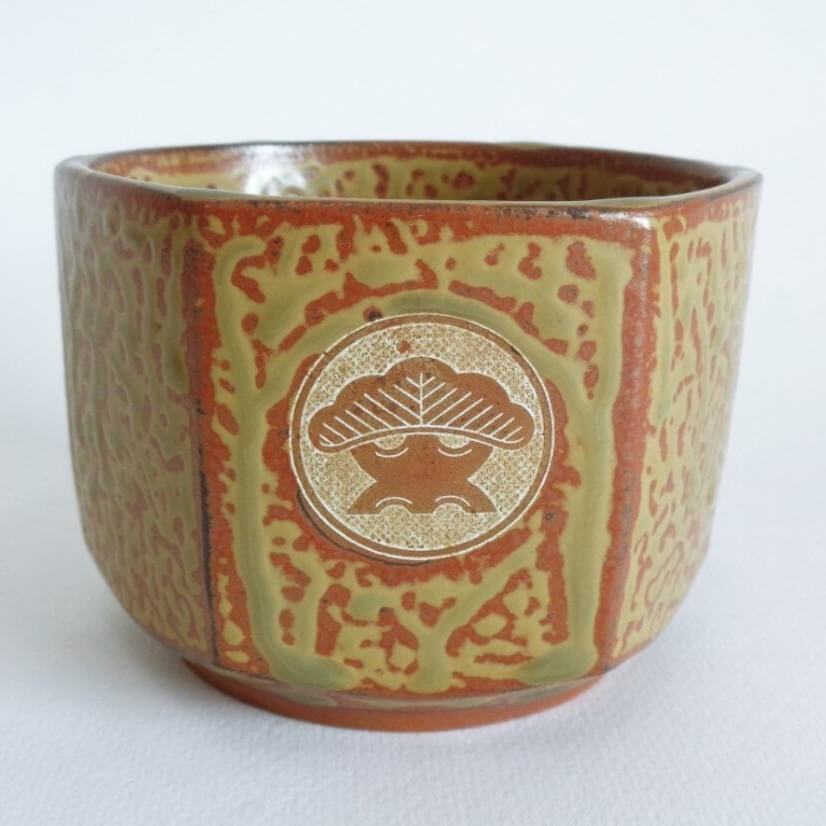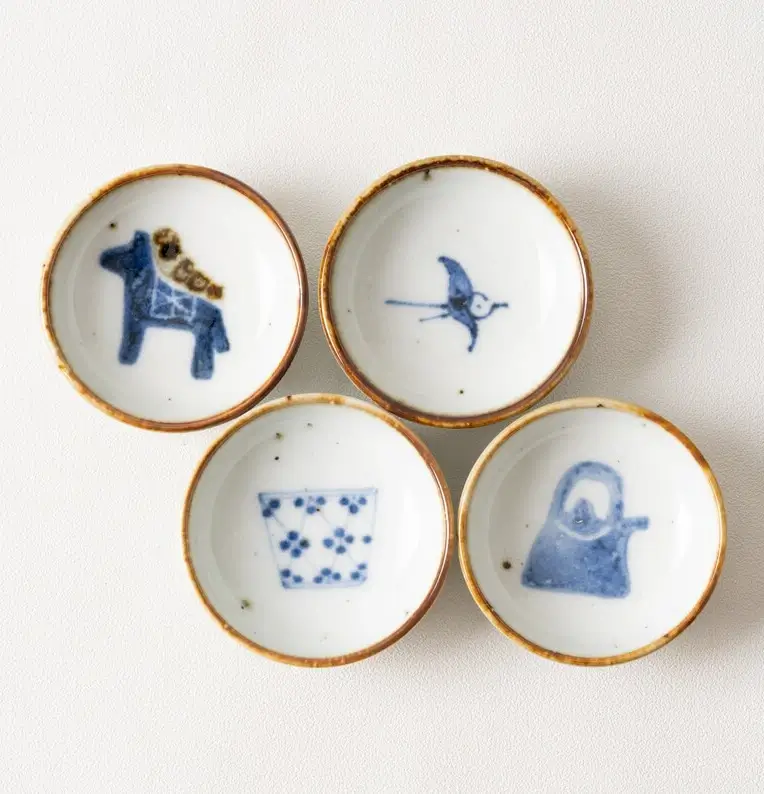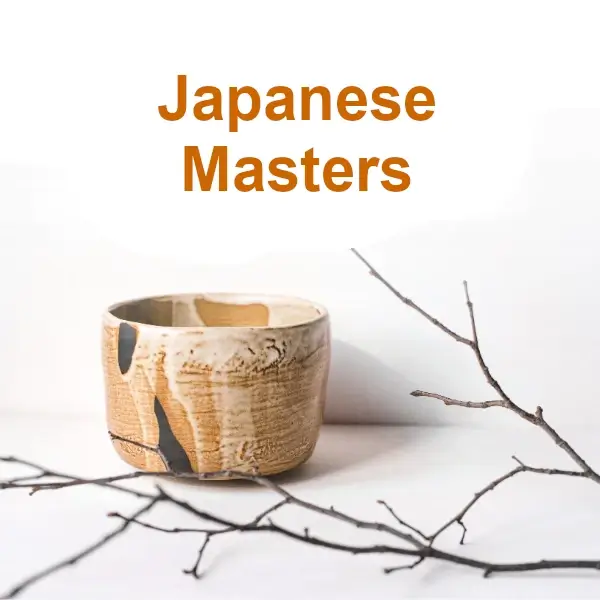Be amazed by the Unique Charm of Mumyoi-Yaki Ceramics
Mumyoi-Yaki Ceramics: The Pottery Art of Sado
In the heart of Sado Island, bathed by the waters of Niigata, Japan, an ancient tradition is forged that captivates the senses and beautifies the spirit: Mumyoi-Yaki pottery, a tradition that transcends the simple act of creating objects to become an artistic expression of the nature and culture of its surroundings.
The soul of Mumyoi-Yaki lies in its raw material, Mumyoi clay, enriched with iron oxide from the ancient gold and silver mines of Sado. This clay, when subjected to high temperatures, reveals an unusual strength, capable of emitting a clear metallic sound when touched, an unmistakable sign of its solidity. With use, these objects not only maintain their splendor, but increase it, offering a luster that evokes a deep connection with their earthly origin.
The creation of each Mumyoi-Yaki piece is a dialogue between tradition and innovation. The artisans of Gyokudo Kamamoto, guardians of this art, not only seek to preserve traditional styles, but also explore the possibilities of clay to discover new variants of color and texture.

This creative process is enriched by the use of natural glazes, obtained from Sado rocks and wood charcoal, which, when combined in the kiln, reveal a palette of colors as rich and surprising as the island itself.
The Mumyoi-Yaki technique is a dance of precision and delicacy, where each object, even in its semi-dry state, is polished with a spatula in a process known as “nama-migaki” or raw polishing. This stage prepares the surface for a second polishing with sand after firing, ensuring a smoothness and finish that enhances the intrinsic beauty of the clay. This meticulous process not only strengthens the piece, but also contributes to the unique resonance that characterizes Mumyoi-Yaki.
The magic of Mumyoi-Yaki does not end with its aesthetics. Mumyoi clay is believed to possess medicinal properties, capable of alleviating ailments and promoting health. This aspect, together with the ability of pieces of this type of Japanese ceramic to enhance the flavor of beverages such as tea, sake, beer or coffee, makes them objects not only of beauty, but also of well-being.
The story of Mumyoi-Yaki is one of transformation and resilience. Born from the clay of the Sado gold mines in 1819, this art has evolved from its earliest expressions in Raku pottery to reach excellence in high-temperature ceramics under the vision of pioneers such as Jinbei Ito and Tomitaro Ito.
The dedication and ingenuity of generations of artisans have elevated Mumyoi-Yaki to the category of Intangible Cultural Property of National Importance, a well-deserved recognition of its artistic and cultural value.
To explore Mumyoi-Yaki is to enter a world where earth, fire and human talent intertwine to give life to pieces that transcend time and space, telling stories of an island rich in history, beauty and mystery. The next time you hold a Mumyoi-Yaki cup in your hands, remember that it is not just an object, but a piece of Sado Island, shaped with passion, history and a deep respect for nature.
The best works in Japanese ceramics



